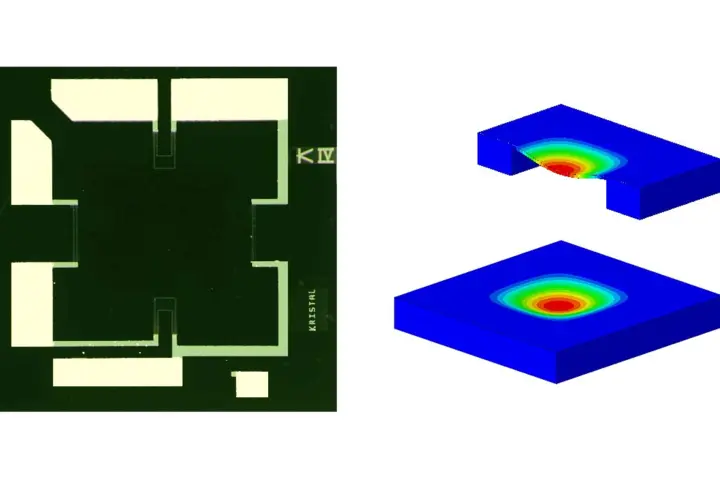What is a piezoresistive effect?
The piezoresistive effect is a change in the electrical resistivity of a material (e.g. semiconductor, metal) when mechanical strain is applied. The electrical resistance change is due to two causes; geometry change and conductivity change of the material. The change in resistance is much more pronounced for semiconductors than for metals.




